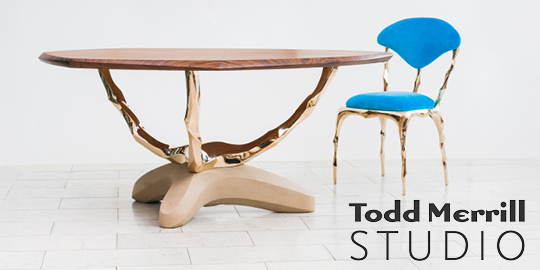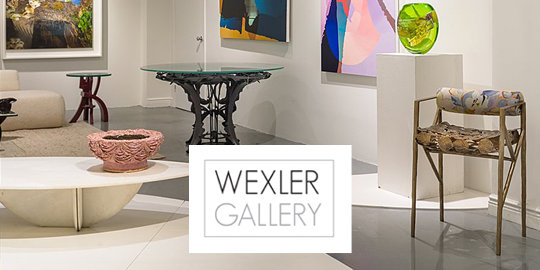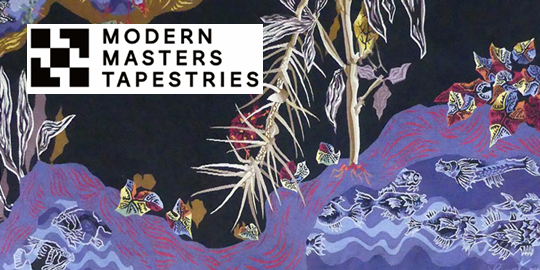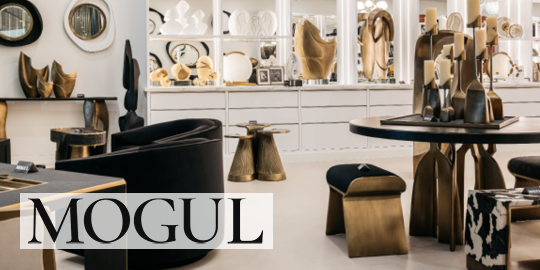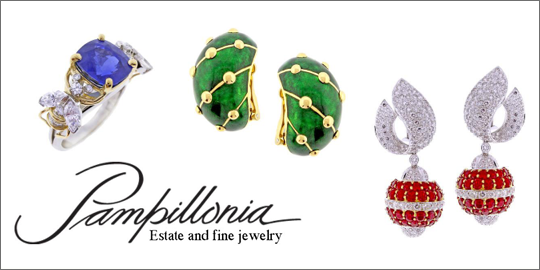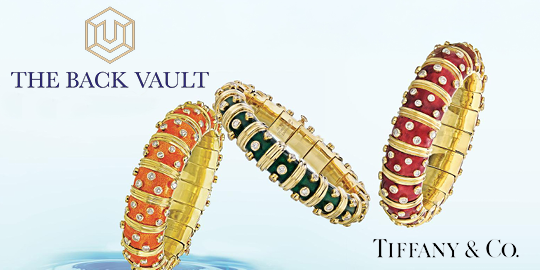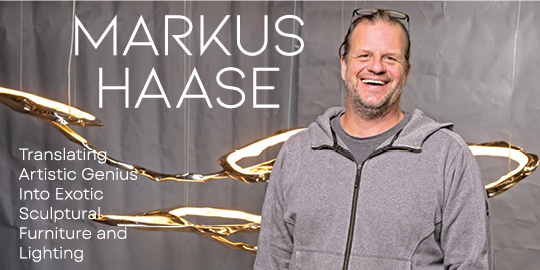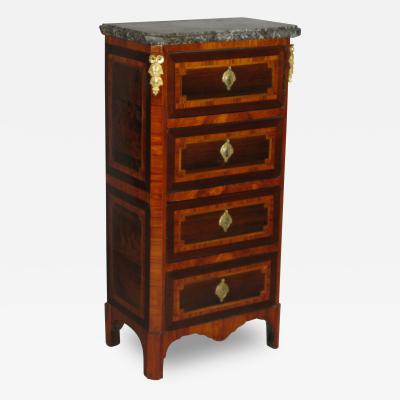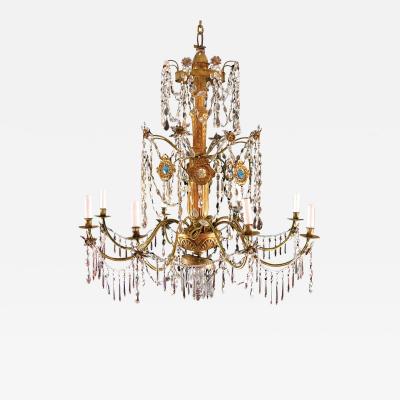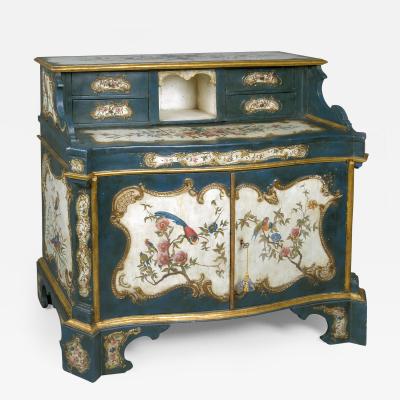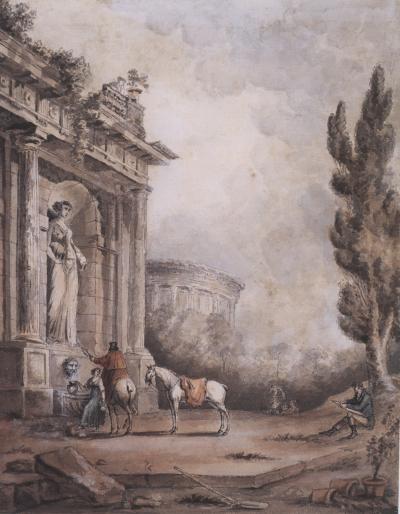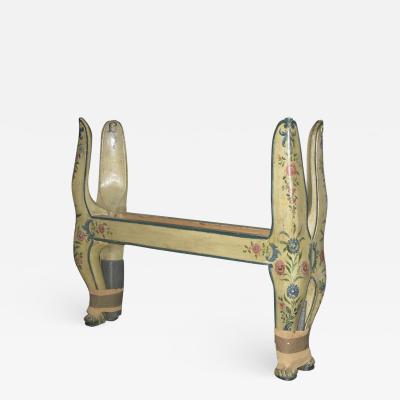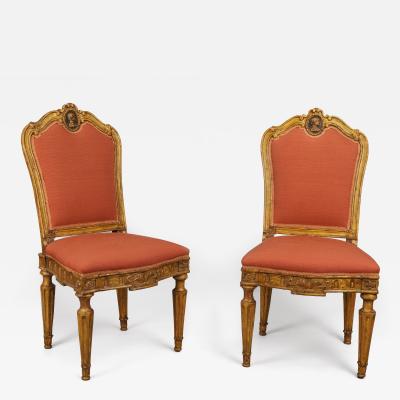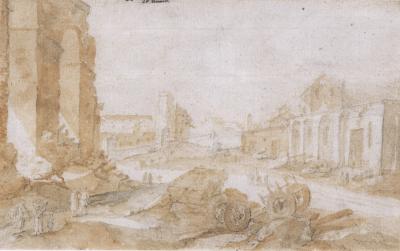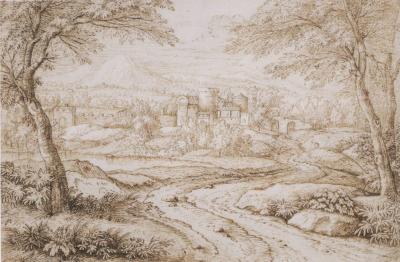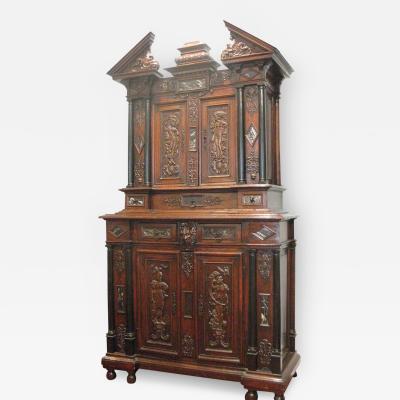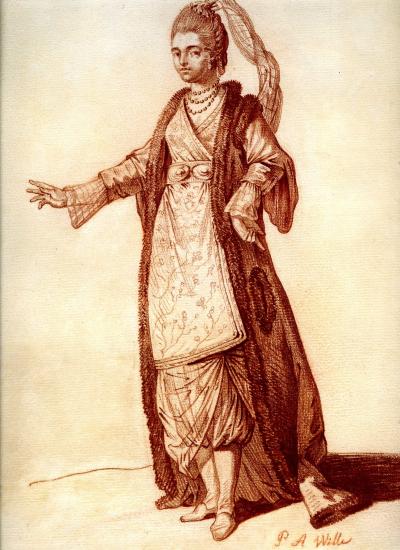French Trinket Box, circa 1780-1790
-
Description
This small circular box is entirely covered with straw work. Its hinged top is centered by a stylized urn form within a hexagonal reserve, surrounded by various bands of colored straw, some with checked and lozenge patterns. The sides are inlaid with highly stylized flower heads in geometric reserves within stained framing bands. A simple iron hook secures the lid to the body of the box. A hand blocked paper, with vegetal motifs in tones of brown and beige, lines the bottom of the box, while the interior is fitted with green silk within the lid and green silk velvet within the base.
Though straw seems an unlikely candidate with which to make luxury items, it has a long history of use in finely crafted objects collectively known as marquetrie de paille. Originally, straw was appealing as an inexpensive and versatile commodity used widely by the peasant class for practical purposes. It was then appropriated by the Franciscan and Capuchin orders in Italy as a humble material to make religious objects. The vogue for fine marquetrie de paille objects reached its height in seventeenth and eighteenth century France, where the technique was coveted by the aristocrats and was used to make secular, decorative objects, particularly after the Louis XIV sumptuary laws which prohibited the production of expensive objects due to the need for money to pay the troops during France’s constant wars.
The use of straw in an artistic sense began in Italy. The most suitable areas for growing straw were the banks of the Arno River, near Signa and Fuceccio, Val di Pesa, and Orme. Straw to be used for artistic projects was chosen a few weeks before being completely mature, and placed in water. The shafts were opened to flatten them; then were beaten with wood mallets, laid out and ironed. Straw was dried in the sun, and then massed together for six days, which was said to create a greater luminosity. The prepared straw sections were glued onto paper with a mastic of animal glue and gum arabic, then on wood. In many cases pear wood was used, which is strong, fine, and light in color. When glued in this manner, objects defied cracking, and were highly resistant to changes in climate. The straw used to create such objects could be wheat, rye, barley or oats, or a combination of these, and were left with their natural hue, dyed, or singed to create patterns and variety in color. -
More Information
Origin: France Period: Pre 18th Century Materials: straw on a wooden core (marqueterie de paille), iron, colored paper, silk, and silk velvet Condition: Good. Styles / Movements: Traditional Dealer Reference #: box 46 Incollect Reference #: 293041 -
Dimensions
W. 3.125 in; H. 1.375 in; W. 7.94 cm; H. 3.49 cm;
Message from Seller:
L' Antiquaire & The Connoisseur, Inc. specializes in European works of art, antiques, and paintings, with a rich history dating back to 1935. For more information, contact us at 212.517.9176 or info@lantiquaire.us.





